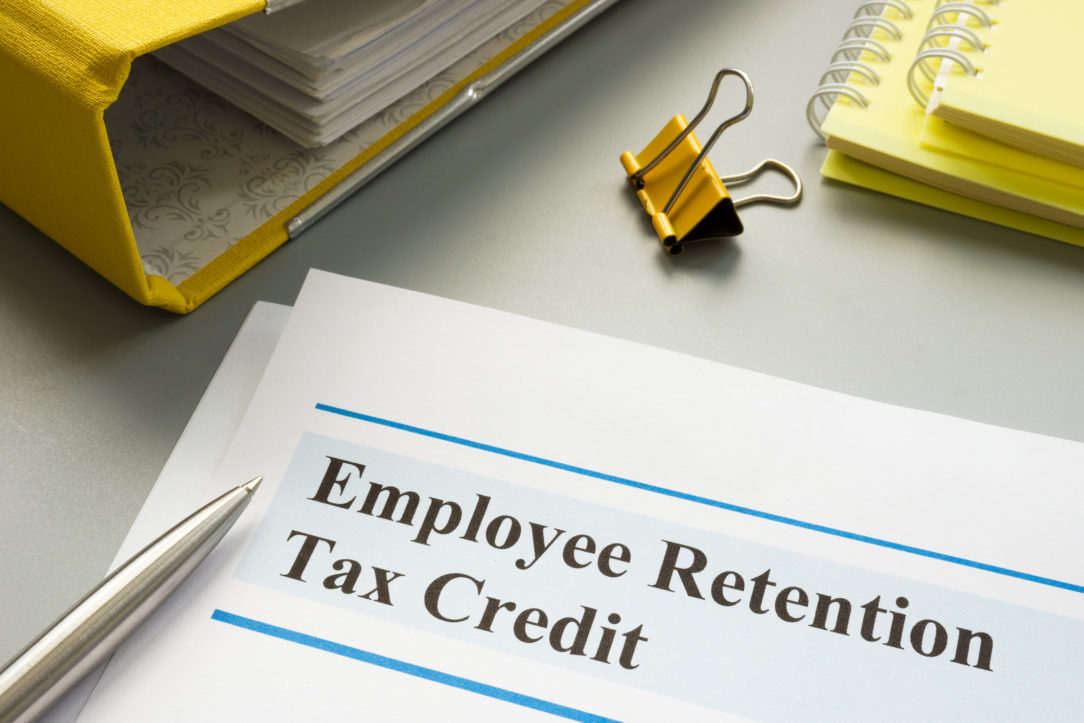The Employee Retention Tax Credit (ERTC) was created by Congress in March 2020 to provide small businesses with financial relief during the pandemic. The credit has since been expanded twice, meaning more struggling companies can now use it cut down their federal tax bill.
The ERTC was initially set to expire on January 1, 2022; however, the 2021 Infrastructure Bill retroactively accelerated the credit’s end date to October 1, 2021. Though the ERTC has expired, eligible employers can still claim the credit for their 2020 or 2021 taxes by amending their returns.
What is the Employee Retention Tax Credit?
When the COVID-19 pandemic took hold, business as we knew it before came to a screeching halt. In response, the U.S. government introduced the Employee Retention Tax Credit (ERTC), also referred to as the Employee Retention Credit (ERC). The ERTC is part of the Coronavirus Aid, Relief and Economic Security (CARES) Act, a $2.2 trillion economic stimulus bill signed into law in March of 2020.
Essentially, the ERTC is a retroactive credit that compensates U.S. businesses that weathered COVID and kept at least 2 employees on the payroll, as it was designed to incentivize businesses to keep employees on their payrolls during a period of economic hardship. The ERTC is not a loan, it does not need to be repaid, it is a tax credit. Eligible companies can receive as much as $7,000 per employee per quarter for the first three quarters in 2021, which equals $21,000 per employee potentially coming back to your company. They might also qualify for $5,000 per employee for all of 2020.
ERTC and PPP
When the CARES Act was passed in March 2020, it included the ERTC as an option for financial relief for businesses. But companies could only take a forgivable Paycheck Protection Program (PPP) loan OR the ERTC in the original bill.
One of the most significant changes Congress made to the ERTC in late 2020 was allowing employers who took PPP loans to also use the ERTC. However, if your company did take a PPP loan, you can’t claim the ERTC for the same wages counted for PPP forgiveness. Basically, you can’t claim the same payroll costs for both ERTC and PPP.
Who qualifies for the ERTC?
The ERTC was designed as an aid for small businesses that lost revenue due to the pandemic. However, only some companies are eligible – private organizations (including nonprofits) must meet one of these criteria to qualify:
- Your business was ordered to partially or fully shut down in 2020 or 2021 by a local government.
- Your gross receipts for a single quarter of 2020 fell by 50% versus the same quarter of 2019 (for the 2020 tax credit).
- Your gross receipts for a single quarter of 2021 decreased by 20% versus the same quarter of 2019 (for the 2021 tax credit).
Government entities and sole proprietors are not eligible for the ERTC. If a self-employed person has staff on payroll, however, they may qualify for the ERTC for wages paid to the other employees.
Which employees count for the ERTC?
For companies with 100 or less employees, all full-time employees count toward eligibility regardless of whether they are providing service during the designated period. For companies with over 100 employees, only full-time employees who are being paid but not providing service due to shutdown will count.
The Family and Medical Leave Act (FMLA) section 45S states that employers cannot claim the same employee for both ERTC credit approval and the Work Opportunity Tax Credit.
How to claim the ERTC
Employers should take advantage of the ERTC by reporting their total qualified wages and related health insurance costs on quarterly tax returns. This refundable credit will be used against an employer’s share in Social Security taxes, which is otherwise paid for out of pocket under normal circumstances.
Ahead of receiving the credit, employers may opt to retain the value of employment taxes up to the amount of the ERTC, rather than depositing it, without penalty. Eligible employers that have fewer than 500 full-time employees can also request advance payment of the ERTC. Employers with more than 500 employees are not able to receive an advanceable ERTC.
Though the ERTC ended on October 1, 2021, businesses can still file for a retroactive ERTC refund by IRS Form 941-X. The form can be used to adjust employment taxes filed within three years of the original return or two years from the date the employer paid the tax. Therefore, eligible companies that did not initially claim their ERTC could potentially do so through 2024, depending on when they originally filed or paid their business taxes. Keep in mind that this retroactive refund is only available for the 2020 tax year and the first three quarters of the 2021 tax year. The eligibility criteria does not apply for Q4 of 2021 or the 2022 tax year and beyond.
The ERTC is an excellent opportunity for businesses in need of tax relief, but it does have its complexities. If you believe your company is eligible, you should immediately speak with your accountant and potentially your payroll preparer. Since the credit size depends on how much you normally pay in Social Security taxes, both your accountant and payroll handler should be able to help you determine the amount of your credit. A financial professional can also help make sure you don’t apply the same payroll for both PPP loan forgiveness and the ERTC.

